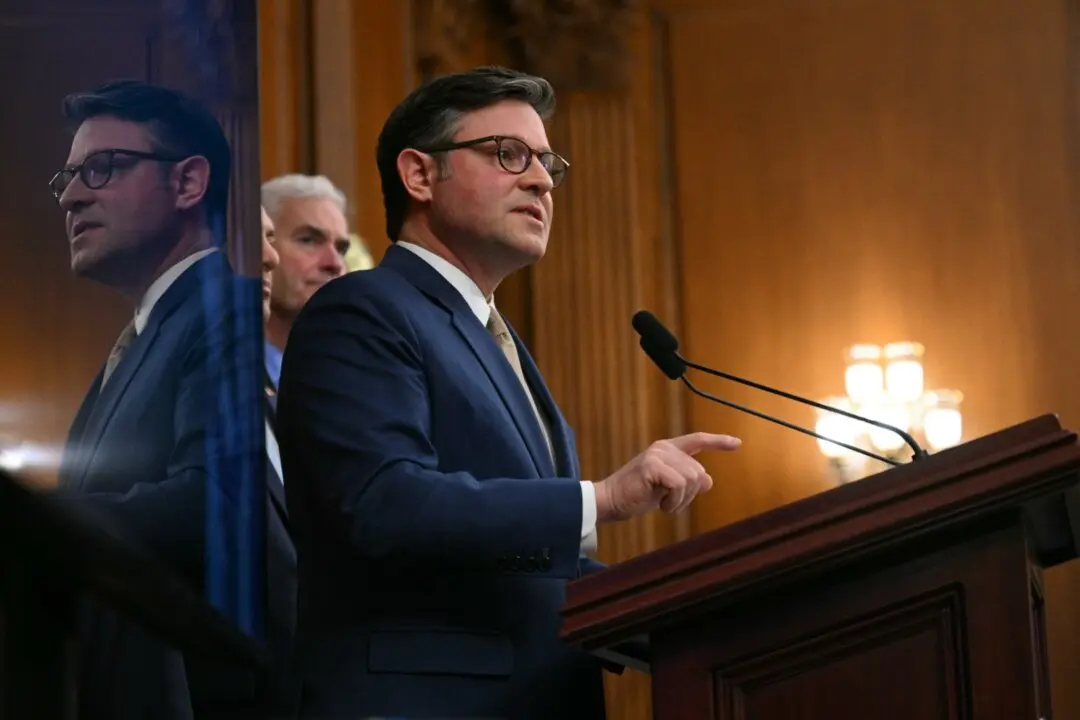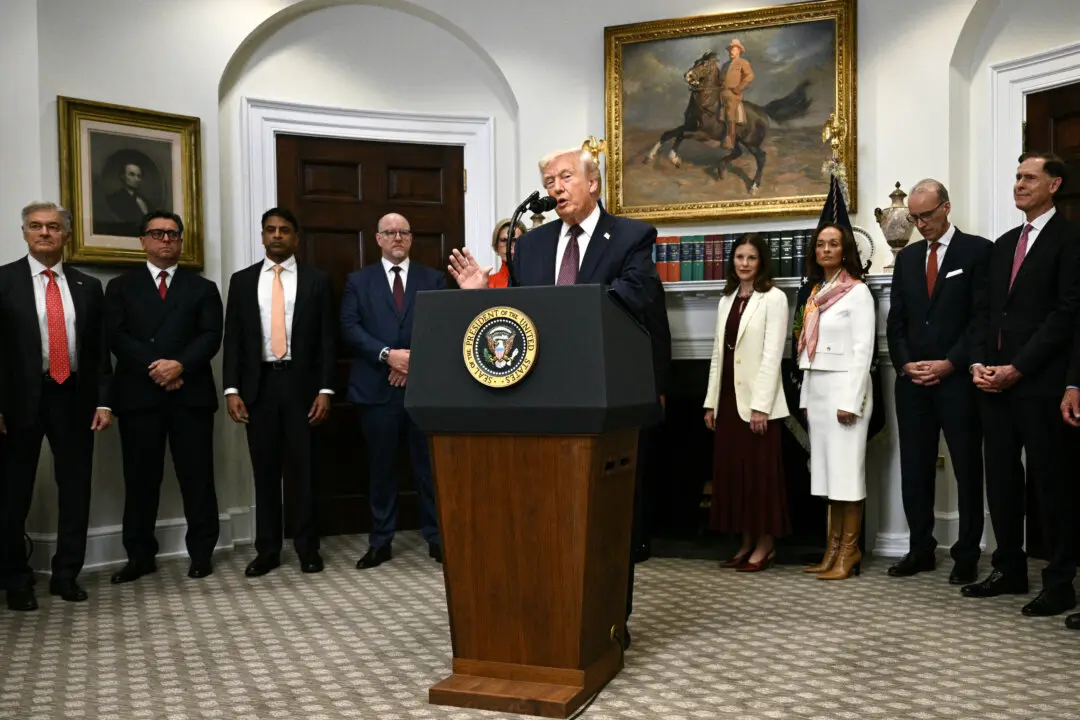With San Francisco plagued by unprecedented levels of crime and drug abuse, California Gov. Gavin Newsom announced on June 29 that the state will bolster its prior efforts to tackle the fentanyl crisis in the city, with a promise to double the number of California Highway Patrol officers dedicated to cracking down on the issue in a joint operation with the California National Guard first being announced in May.
“Today, I’m authorizing a 100% increase in personnel to bolster the impact of this proven operation, as well as authorizing targeted surges to crack down on crime in the city,” Newsom said in the statement. “Working alongside our local, state, and federal partners, we’re committed to cleaning up San Francisco’s streets.”





